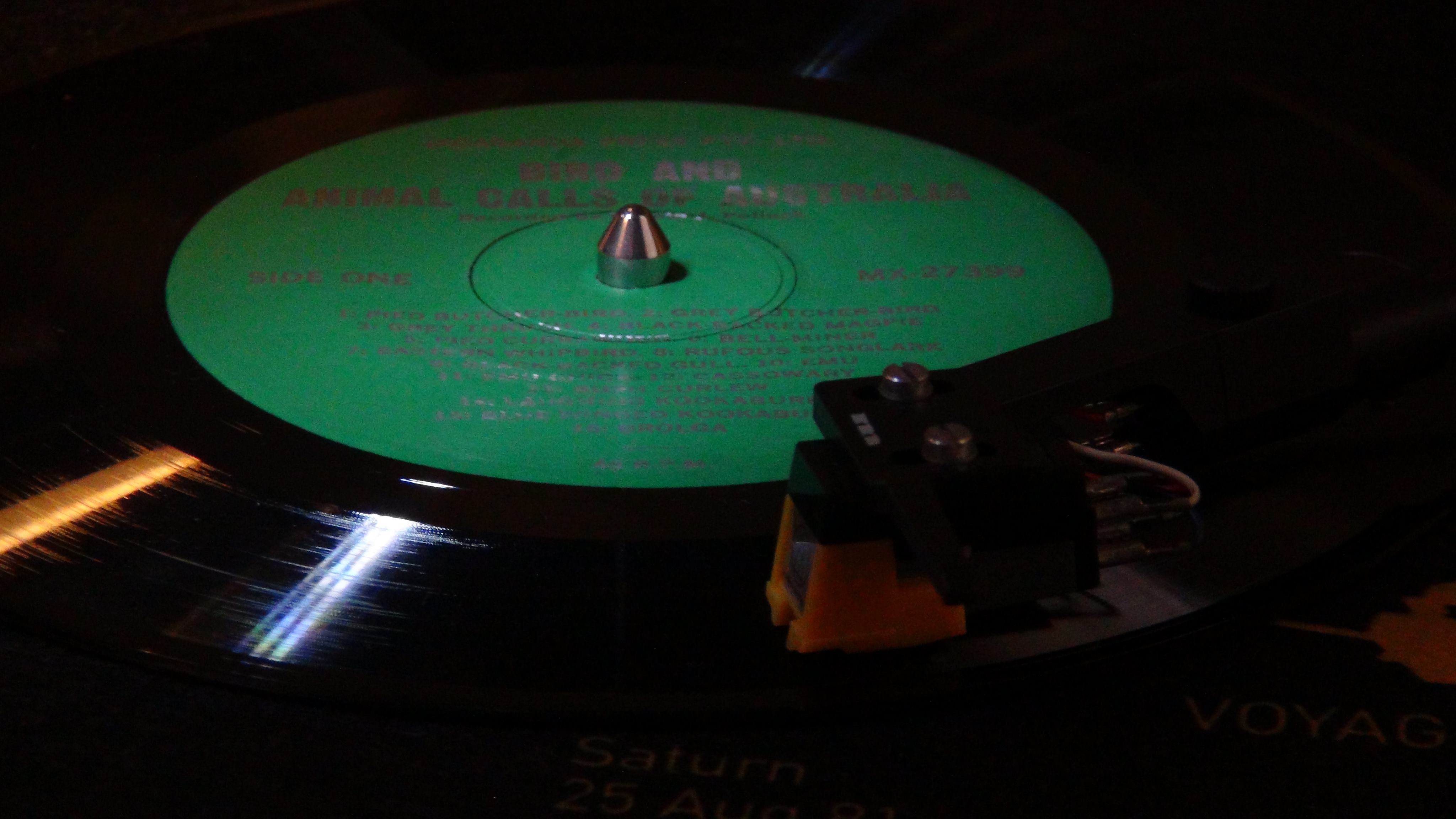Later this year, the National Film and Sound Archive of Australia will announce the induction of another 10 sound recordings into its ‘Sounds of Australia’ list. These are speeches, songs, and other preserved tidbits (mainly songs), nominated by the public and whittled from a shortlist by academics and industry experts, that are considered important enough to join this exclusive cultural narrative that’s been curated since 2007. Oh, and are at least 10 years old, so as the NFSA’s sound curator Thorsten Kaeding puts it, “we don’t just get the flavour of the month. The recordings have to have stood the test of time.”
Take a gander at the list; recognisable songs jump out like Down Under, Eagle Rock, and the most recent entry, The Nosebleed Section. But the list doesn’t read like a Top 100 or a Hall of Fame. Nothing is deemed “better” than others. Perhaps its most fascinating and valuable quality is the light it shines on parts of our history we might be unfamiliar with. Things that have, over time, drifted out of the national memory even though they represent the history and identity of a community.
From this list, I learned that the last audible remnants of Tasmanian Aboriginal languages exist on a handful of scratchy phonographs, made at the turn of the century by the last native Tasmanian, Fanny Cochrane Smith. That the first concert held in the new Sydney Opera House was not of Australian works but, controversially, dedicated solely to Wagner. How Patrick White’s Miles Franklin-winning novel Voss, after decades of failed attempts to turn it into the “Great Australian Film”, eventually found its dramatic incarnation as an opera. That a classic Aboriginal protest album was made in a strict one-hour session at Bathurst Gaol. That until 1990, there was no recording of a lone dingo’s howl.
The Sounds are fantastically diverse, as worldly genres co-exist with that recognisable Slim Dusty style. An elderly Dorothy Mackellar reads her patriotic poem My Country with a rich Scottish accent. A band of Greek-Australians from Melbourne University join the Greek folk revival. Warumpi Band breaks through to radio with the first Aboriginal-language rock song. There’s 1920’s Hawaiian-style recordings too! If you find it hard to reconcile simplified and romanticised ideas of this country, here is multicultural Australia in a glorious sonic tapestry.
Still, as a product of 20th century history, it’s no surprise there are representational gaps. There is of yet no Indigenous content from the entire first half of the century. Only a fifth of titles on Sounds of Australia recognise the work of women for posterity. Deb Verhoeven, the NFSA’s former inaugural deputy chair, said some years back that the listings needed a “massive diversity overhaul”, and that it can be achieved by digging up the gems from our past; those unfamiliar and unapproved histories. In addition, as more contemporary female and Indigenous performers pass that 10-year threshold, our diverse modern history will in time assert itself.
Despite the efforts of projects like this, some of our history will foreseeably remain lost. The earliest sound recording made in Australia was not, as the list might suggest, an 1897 recording of a guy making chicken noises. It may be one from as early as 1890 by a travelling phonograph salesman called Douglas Archibald, who toured the country and, legend has it, recorded a speech by premier John Forrest. But those records, produced simply to sell phonographs at a time when sound recording was still a novelty, haven’t been heard of since.
One of the NFSA’s most wanted sound recordings is the fabled ‘Forgotten People’ speech broadcast by Robert Menzies in 1942. Unless you’re over 70, you’ve never heard it delivered by Menzies. Nevertheless, the NFSA believes because the speech was replayed on other radio stations, it must have been recorded, and Menzies’ voice could well be sitting on a lacquer disc in an old cupboard waiting to be rediscovered.
The cultural artefacts already kept in archives are more fragile than you might think. Libraries in Western countries don’t face the worst threats, like the warfare that’s devastated national archives in the Middle East for prolonged periods, or the most brazen governmental underfunding and neglect that led to last week’s horrific fire in the National Museum of Brazil, in which the 200-year-old museum lost 90% of its collection, including entire records of indigenous languages. Not all cultures have the privilege of persisting through time into the age of digitisation and climate-controlled storage.
And even with this privilege, we face challenges. Thorsten Kaeding says the NFSA estimates they have until 2025 to digitise their magnetic media like audio and videotape. “After that we risk losing these collections as machinery fails, trained operators become hard to find and the tape becomes unstable.” The digital world has made things particularly complex. “We can find an old cylinder recording and be confident we can do something with it,” says Kaeding, “yet you could find an old digital recording and there’s every chance it’s unplayable.”
This year’s Sounds of Australia nominations close on September 16th. They can be submitted on the NFSA website or their social media. There’s a wealth of Australiana older than the requisite 10 years yet to earn a spot in this cultural narrative. This year, Rudd’s apology to the Stolen Generations and Gurrumul Yunupingu’s first album are eligible. Next year, Tim Minchin’s White Wine in the Sun will be too. And speaking of W.A. things, there’s always the Triffids, the America’s Cup, Dave Warner, Kavisha Mazzella, Eileen Joyce, or Murray Littlejohn’s frog recordings at Sheepwash Creek. Dig up those gems!
Matthew Ammon

